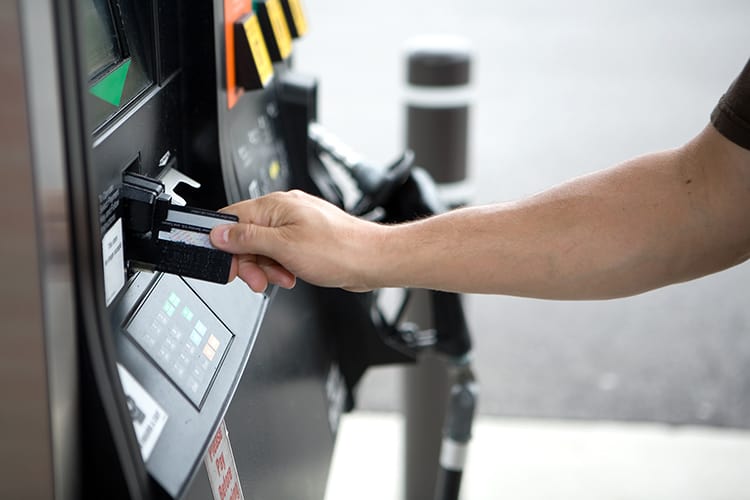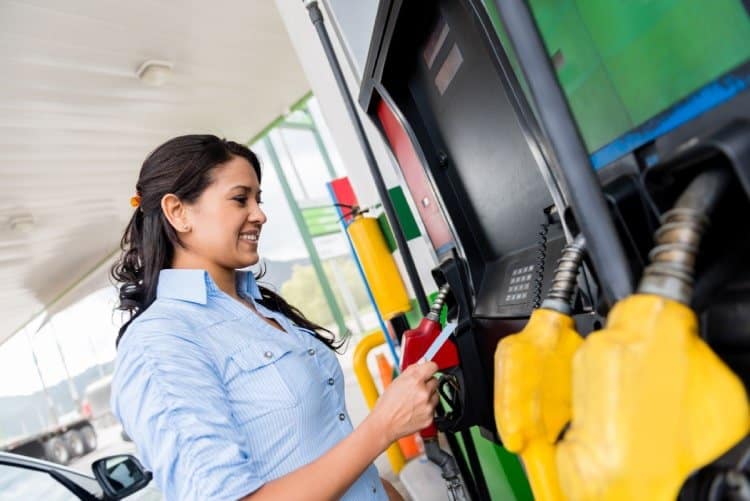While the road has been bumpy and uneven, the US payments ecosystem has evolved with EMV and, once the conversion is complete, the country will be the second biggest adopter of EMV in the world.
Few US cardholders knew or cared about chip cards a year ago and, although some issuers started sending out chip cards well in advance of the liability shift dates, very few retailers were accepting them.
Today, the US has over a million POS systems accepting chip cards, and almost every cardholder is in possession of at least one such card. Yet, the transition is not without its challenges …
Challenges
With estimates of issuers converting over 2 million cards a day, some believed that most of the conversion would be completed in 2016. However, we have found the merchant/POS conversion to be less straight forward than the card conversion.
Smaller retailers that relied on stand-alone payment acceptance systems provided by their payment processor (either traditional PEDs or PayPal and Square-like providers) have had the less arduous path, since all that was needed was updated hardware to receive EMV cards. Some larger retailers were also quick to convert, as they retained the full burden of maintaining and updating all the software technology that drove their payment infrastructure.
For other merchants, conversion has not been so straight forward – for a number of reasons:
- On average, four technology providers enable the unique payment experience at each merchant. Each of these providers has had to update, and in some cases certify, their technology before the merchant could start to test and certify the end-to-end solution. This dependency and complexity, coupled with the unique challenges that most US technology providers have experienced with EMV adoption, has meant unwieldy EMV enablement projects for many merchants.
- Unlike mag-stripe certifications, EMV certifications require certification with each card brand, in addition to the acquirer. This and the exponential complexity of EMV has translated into a longer and more expensive certification – typically 6 – 8 months, costing anywhere from $10,000 – $100,000.
- Certifications are even more expensive, and take longer, for merchants with mixed payment terminal estates (think varying checkout equipment and types, throughout multiple stores and geographies). This is particularly true for merchants that have grown inorganically, through acquisitions. In most cases, each additional payment terminal will incur an additional EMV certification.
- Many merchants waited until late 2015 to schedule their certifications. This created a very long queue for a certification slot with acquirers.
- Most merchants lack technical EMV knowledge – this is their first time implementing EMV. The steep learning curve has extended time to implementation.
With these challenges in mind, technology and independent software providers (including ACI) are looking for innovative ways to minimize or alleviate the problems for merchants. For example, through vendor certifications with First Data and Vantiv, ACI is able to address specific payment scenarios in the market, factoring in make/model of PED, switching platform and acquirer. Such solution combinations can help to decrease the EMV certification period dramatically for merchants, down to less than a month.
In part 2 of this blog, I’ll share additional insights into side effects of the EMV initiative and provide thoughts for the future.




